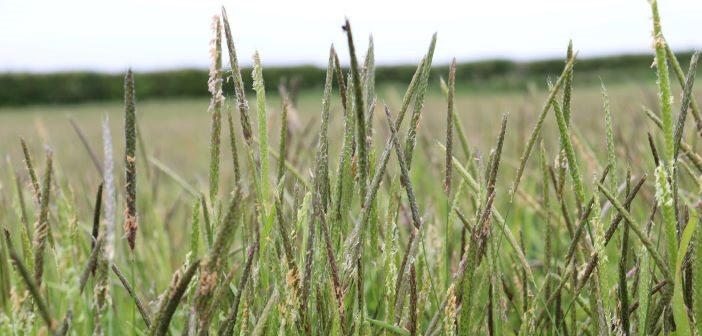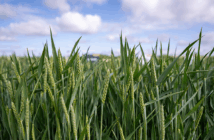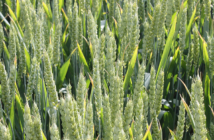‘Variable’ is the word NIAB Weed Biology and Management Specialist, John Cussans uses to describe grass weed control in 2022/23. But with six modes of action ready for deployment this autumn, and the option to plough there are ways to get back on track, he says.
Black-grass control in 2022/23 has been challenging
For many, autumn 2022 started early with the dry summer bringing harvest forward. Scattered rainfall events gave some growers ideal conditions at drilling, but for those that missed the showers, both pre-emergence herbicide performance and crop growth was hampered, giving black-grass a head start. A dry start to 2023 folllowed by torrential rain and cold and windy weather late March did little to kick-start crop development in spring, further restricting crop suppression and providing few windows to apply contact herbicides.
“In some high-density black-grass situations, we saw good levels of control last autumn,” says Mr Cussans. “But surviving plants were larger than they might have been, due to a lack of crop competition, with more and bigger seedheads – so while herbicide efficacy hasn’t dropped, ‘successful’ weed control has.”
Even where there are low black-grass populations, the weed’s ability to shed vast amounts of seed in an open crop mean this autumn’s weed control will be a priority for many. For a lucky few, the focus will be maintaining the good control they achieved this year, and preventing black-grass in the weed seedbank from germinating and getting a grip.
“Some people will have seen their black-grass control take a backwards step this last year,” concludes Mr Cussans.
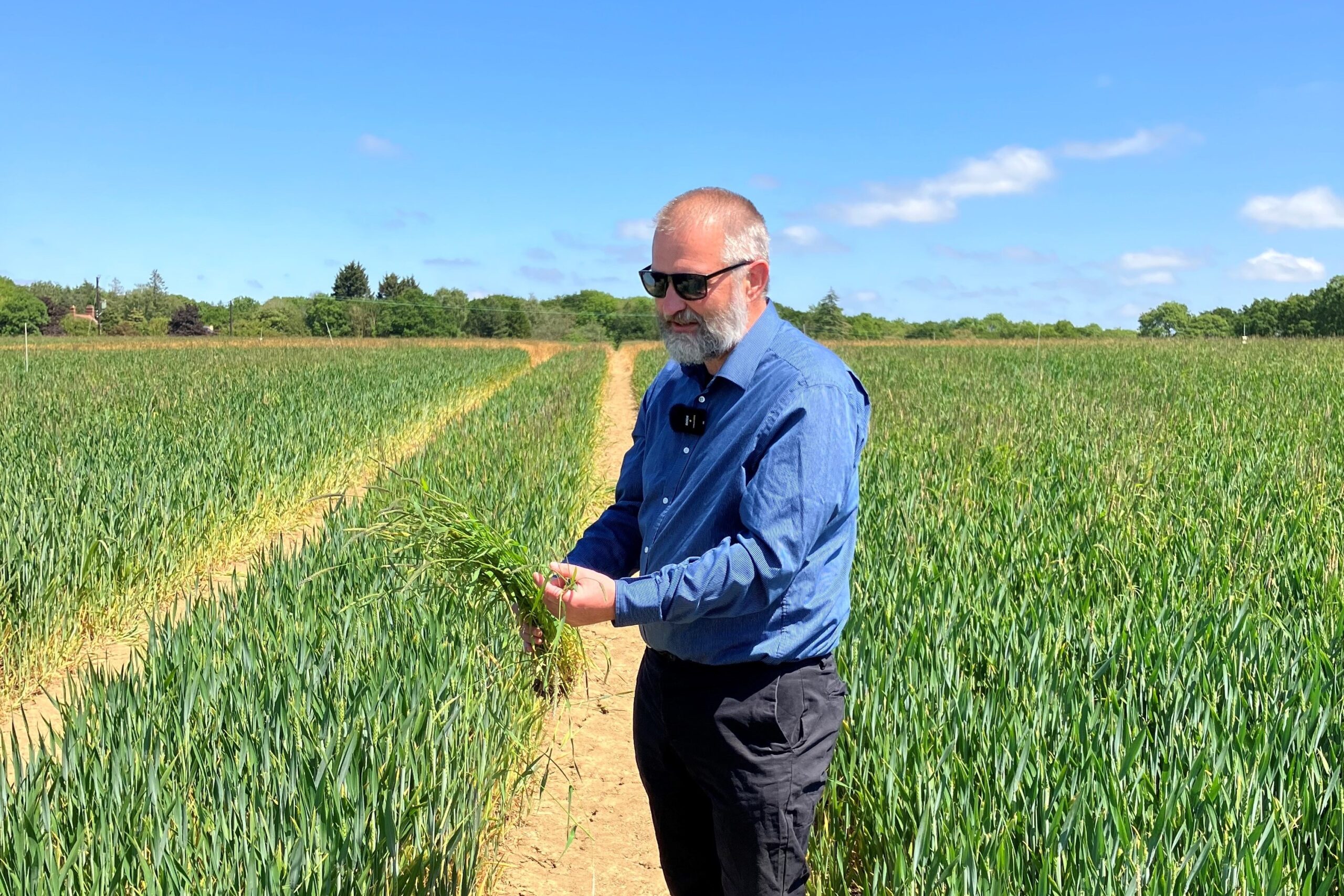
Controlling black-grass this autumn
“We’re taking a long legacy of black-grass – the good and the bad – forward into the crops of 2023/24,” he says.
“While there are no new concepts in weed management, the trend toward no-till means that many will have the option of ‘resetting’ field with the plough – that will be especially useful where there’s been a lot of fresh black-grass or brome seed shed this year.
“Where that’s not an option, growers will need to accept some fields are now not suitable for an autumn crop.”
On a positive note, Mr Cussans notes that there are now six modes of actions for use in the autumn as residual herbicides. “We can harness that diversity in herbicide chemistry to be more sustainable. The approach needs to be based on risk, and recording problem areas while it’s still fresh in your mind is a very useful thing to do.”

Luximo® takes the lead
At Childerditch Farm in Essex, Ed Ford uses the word ‘challenging’ to describe the year.
“Autumn 2022 was very dry here, and it wasn’t wet through the winter, so farm jobs were generally completed as ‘normal’ up until the end of March. Then it got really wet, really quickly,” he recalls.
Ed’s zero tolerance for black-grass has seen populations decline dramatically over the last decade or so. But the effects of the season’s weather can be seen in the farm’s hand-rogueing bill. “Still, of the 350ha of wheat we’ve grown, only 45ha were not rougeable.”
Spring cropping, delayed drilling, stale seedbeds and a robust herbicide strategy are the backbone of Ed’s approach to grass weed control.
“All the true first wheats following beans went in starting 28th September. That acreage got the full ‘Luximo treatment’ which worked really well,” he said. “We went back to the farm standard of Crystal + diflufenican + Avadex (tri-allate) for the second and third blocks of drilling.”
Having hosted Luximo® trials, Ed’s seen the new herbicide’s mode of action first hand.
“We’ve the cleanest farm in the area, but that’s the result of years and years of hardwork. We’re using Luximo because we want to stay ahead of the game. It’s about picking the fields where we suspect there’s either going to be black-grass or ryegrass pressure.”
This autumn that will include Ed’s second wheats as well as the headlands where ryegrass is creeping in from neighbouring fields.
“Part of that is resistance management. Just like a lot of people, we know we’ve resistance to flufenacet. It’s trying to chop and change strategies to reduce the selection pressure.”
When Luximo® was launched in 2022, it brought a new and unique mode of action to the fight against black-grass and Italian ryegrass. It’s highly effectiveand can be an important tool in the management of difficult black-grass and ryegrass populations.
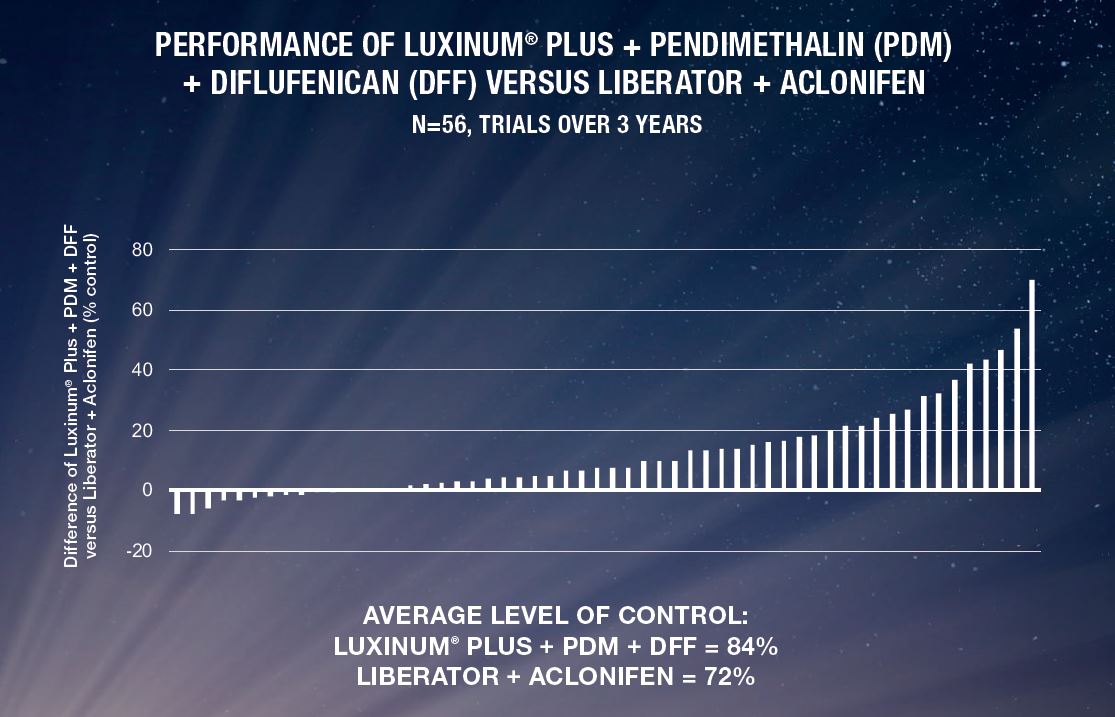
In trials, its efficacy has been proven repeatedly, both alone and in combination with other chemistry. 106 trials over four years, showed solo Luximo® offered on average 78% control, while solo flufenacet averaged 56%. Across 56 pre-emergence black-grass trials across three years, Luximo® + pendimethalin + diflufenican outperformed Liberator (flufenacet + diflufenican) + aclonifen by an average of 12.5 percentage points in control.
You can find out more about Luximo® here: www.agricentre.basf.co.uk/luximo
Use plant protection products safely. Always read the label and product information before use. For further product information including warning phrases and symbols refer to www.agricentre.basf.co.uk. For further information, please do not hesitate to contact your local BASF Agronomy Manager or the BASF Technical Services Hotline: 0845 602 2553.
Crystal® contains flufenacet and pendimethalin. Luximo® is the brand name for the active ingredient cinmethylin. Luxinum® Plus contains cinmethylin (Luximo®). Liberator contains flufenacet and diflufenican. Crystal® and Luximo® are registered Trademarks of BASF. All other brand names used on this publication are Trademarks of other manufacturers in which proprietary rights may exist. © BASF 2023. All rights reserved

